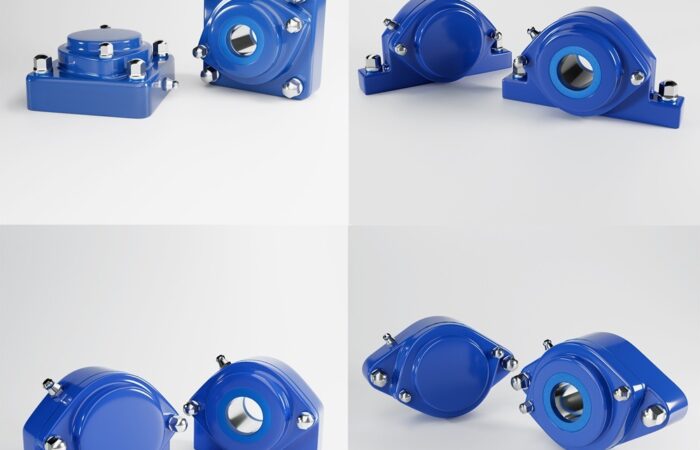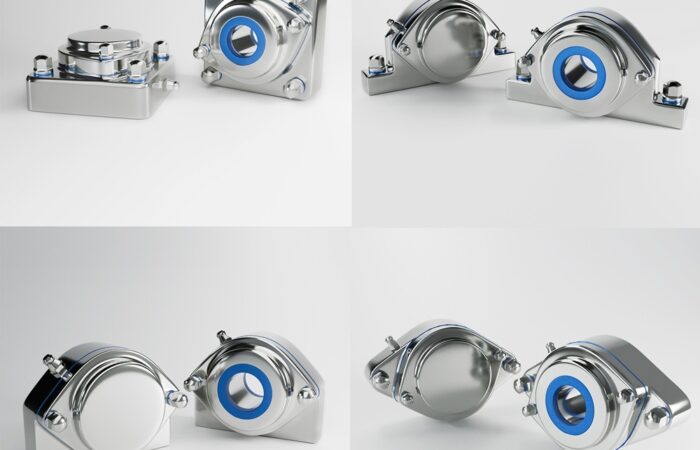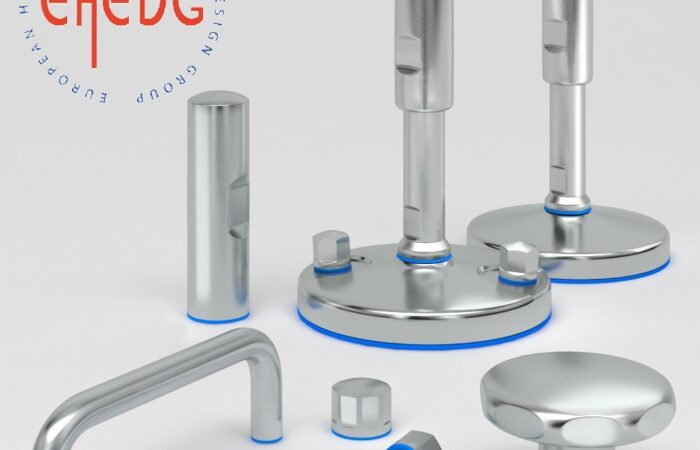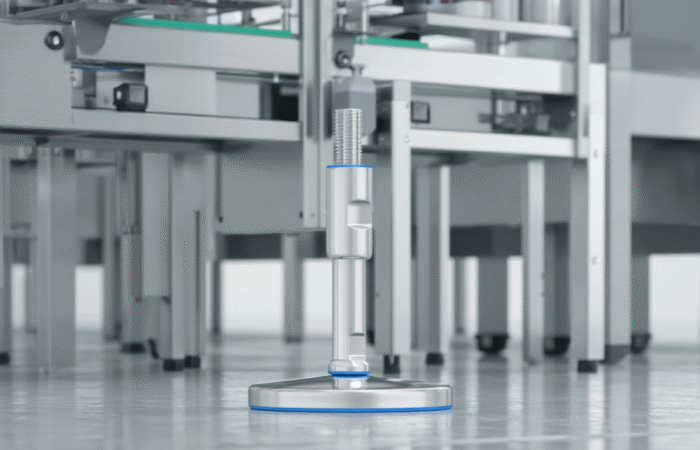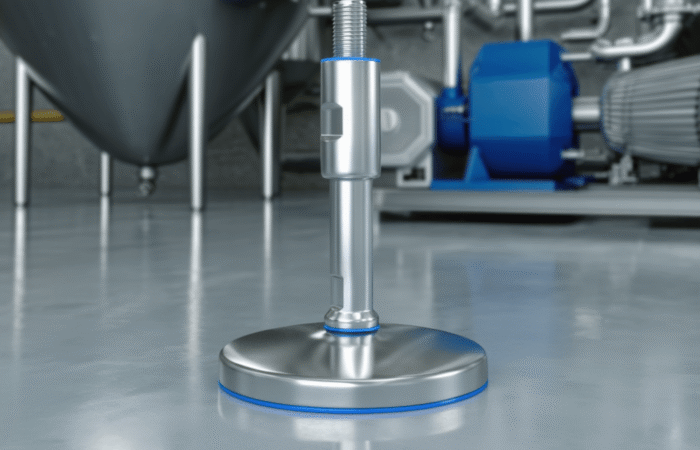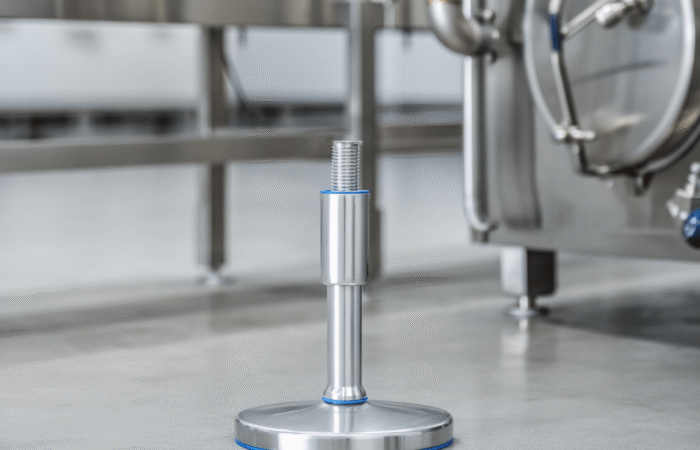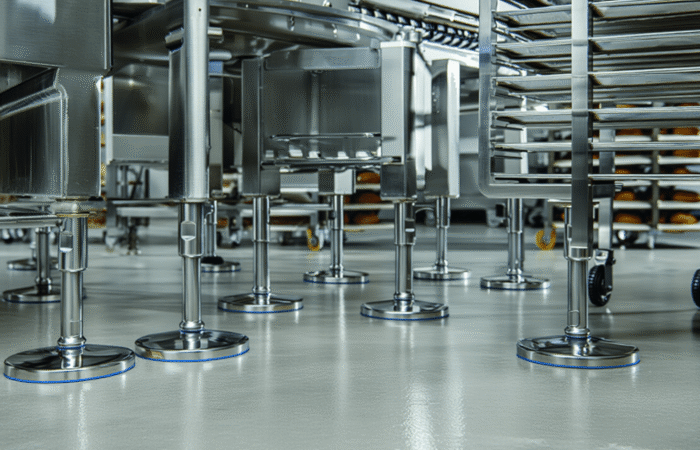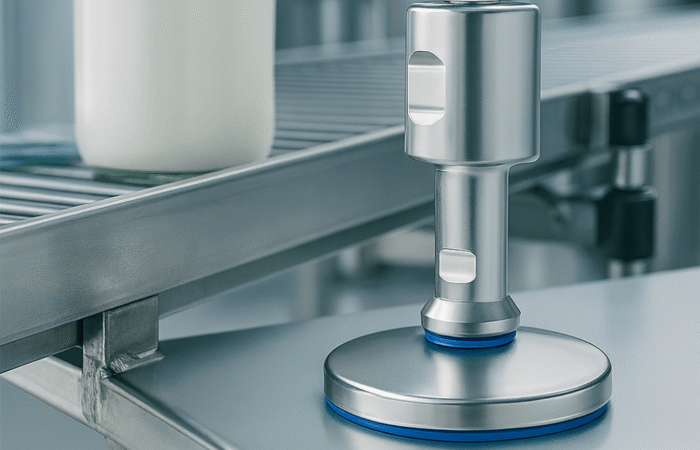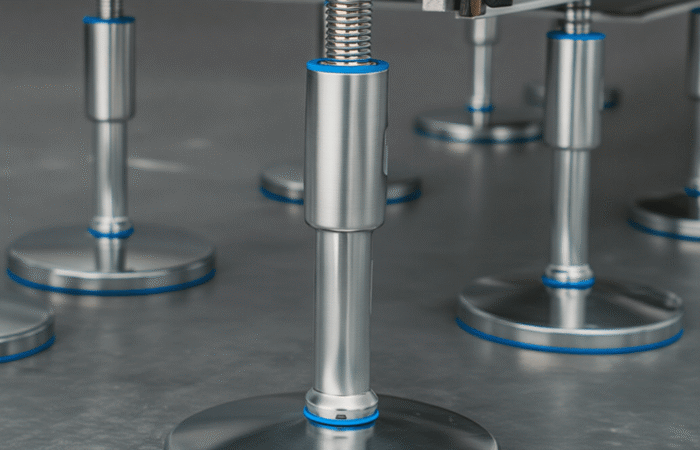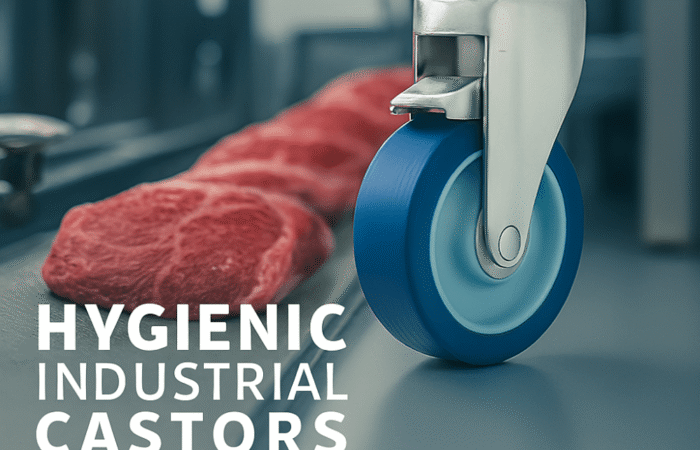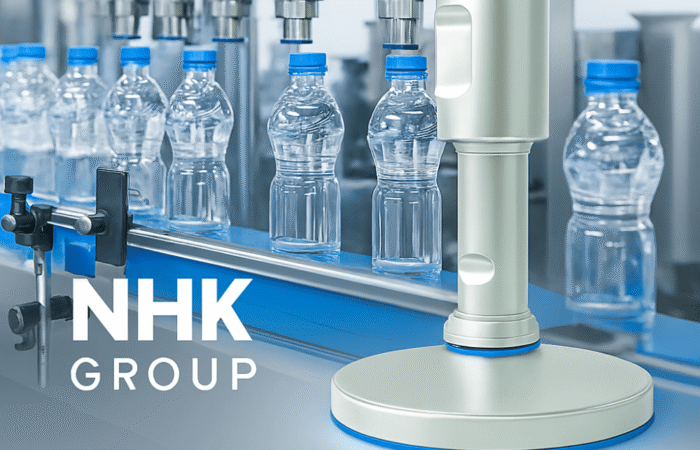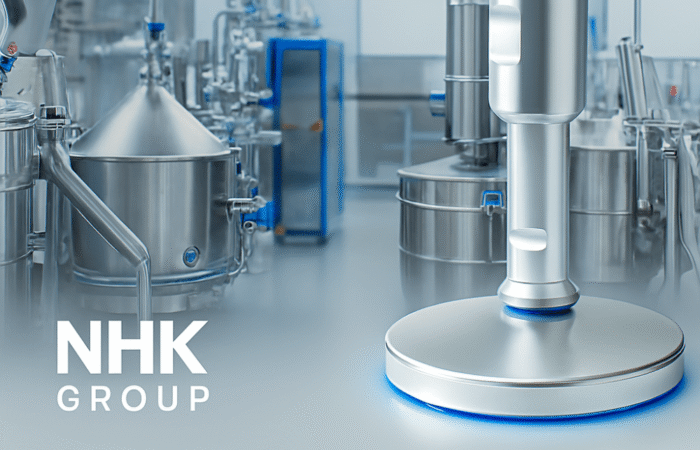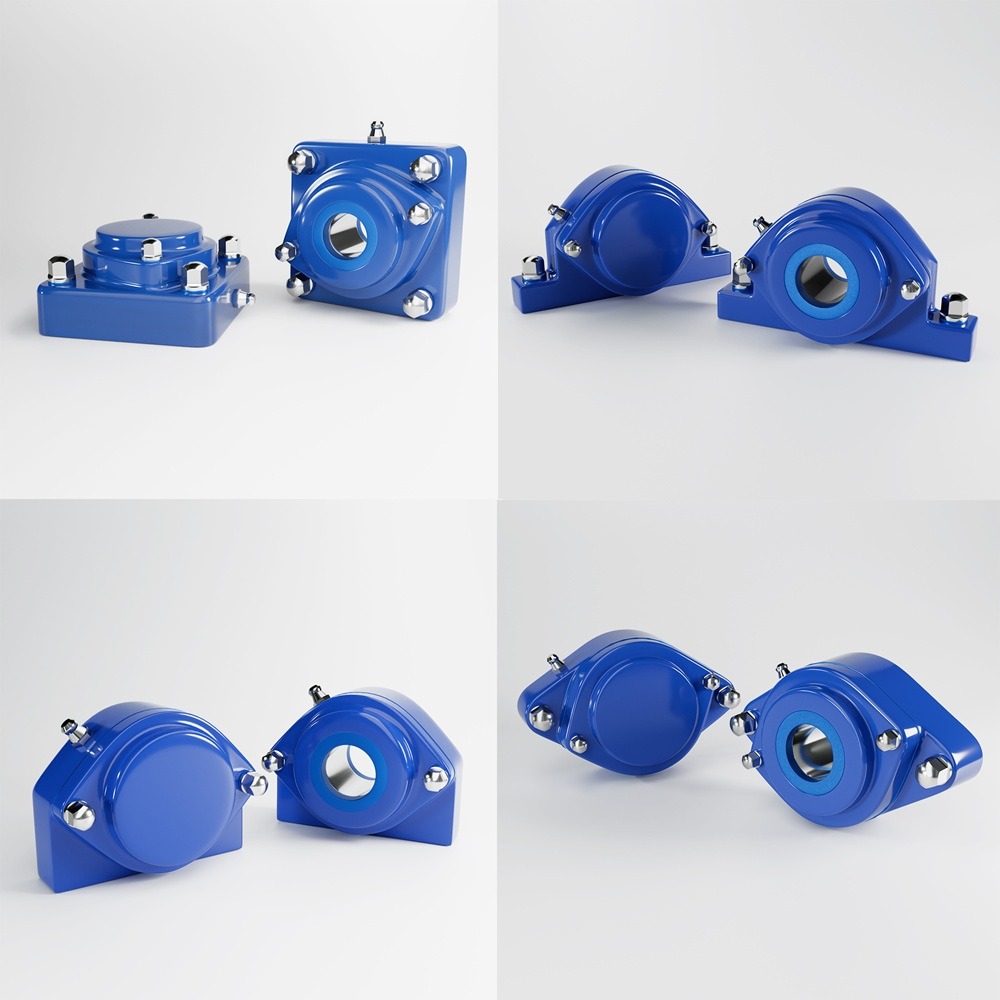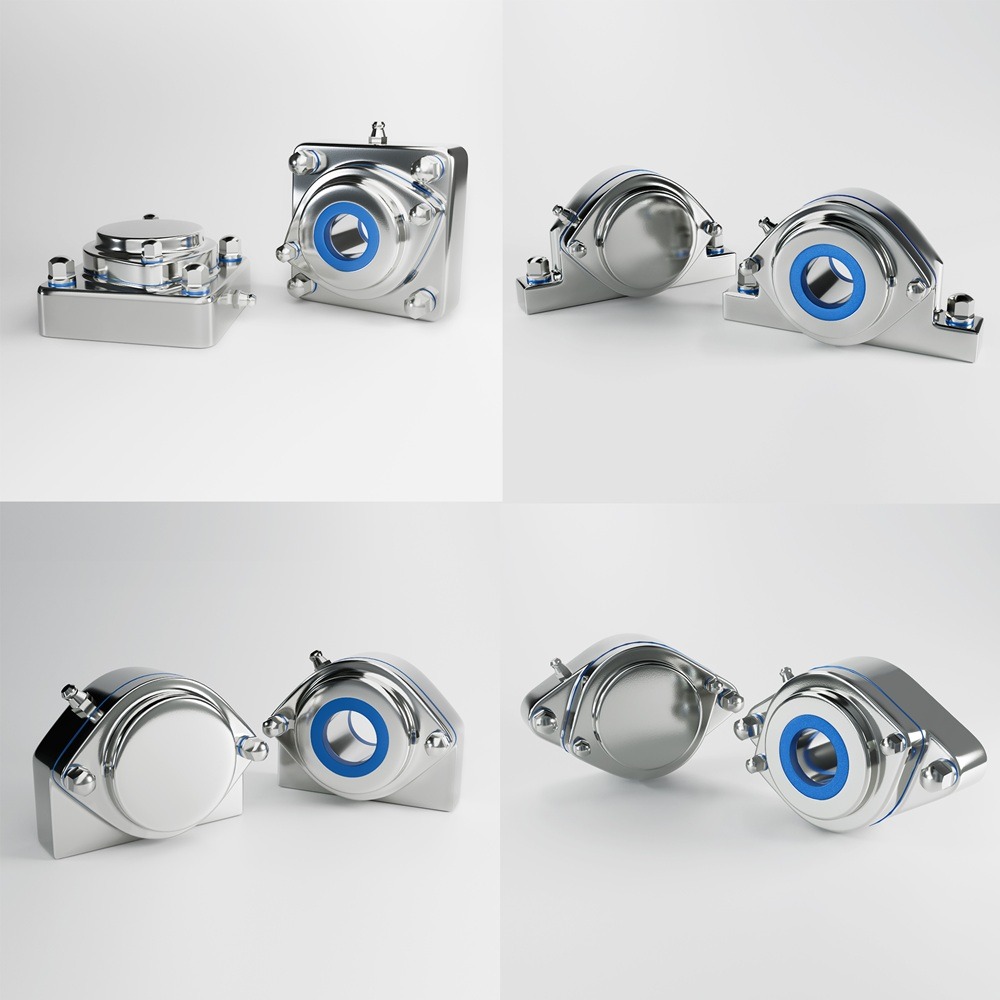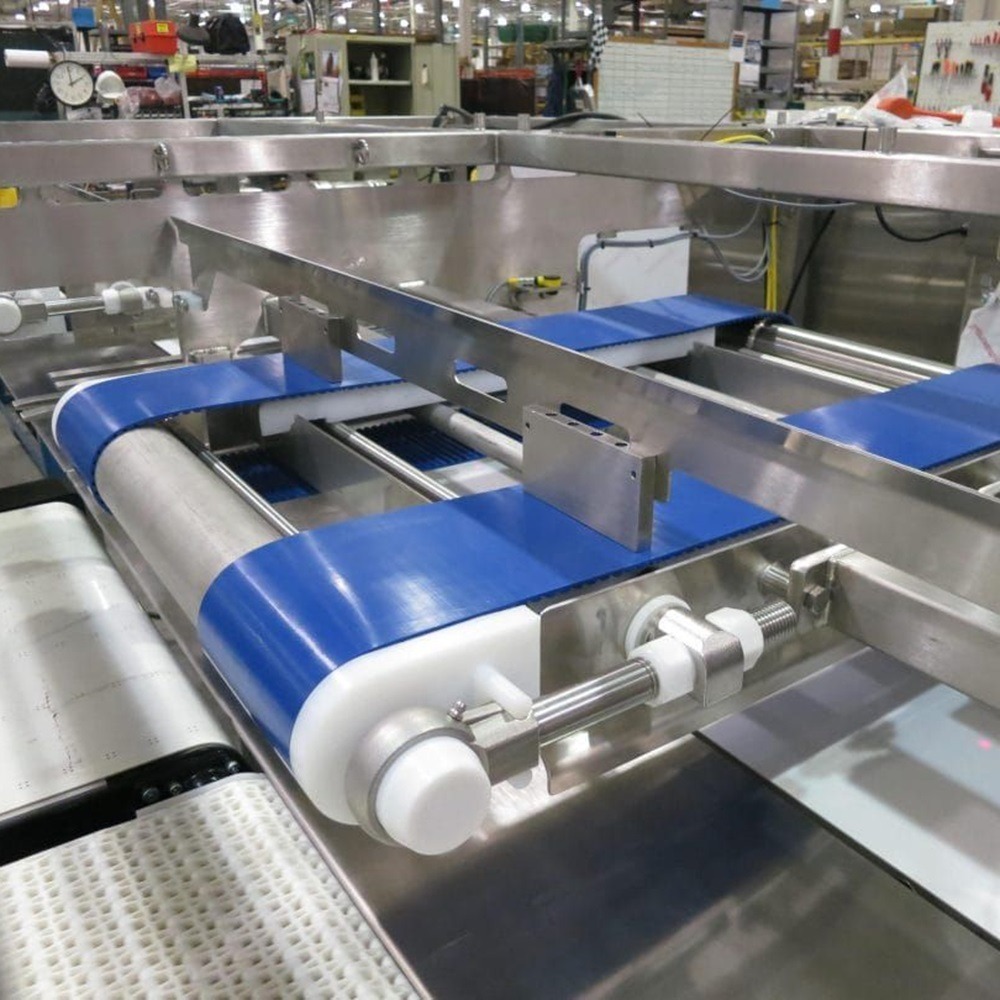
Frozen Food Processing
The frozen food processing industry is a dynamic and fast-growing sector that plays a vital role in ensuring the availability of fresh, high-quality meals all year round. From frozen vegetables and seafood to ready meals and desserts, the industry is built on efficient and hygienic processes that maintain food safety standards while preserving flavor and nutritional value. To achieve this, manufacturers rely heavily on specialized machinery and sanitary conveyor systems designed to operate under rigorous conditions. Product line | NHK Machinery Parts This article delves into the importance of hygienic machinery components and sanitary conveyor parts in frozen food processing, focusing on their critical role in maintaining hygiene standards and optimizing production efficiency. We will also highlight some common equipment used in this industry, such as freezers, coating machines, blanchers, and IQF (Individually Quick Frozen) systems. Hygiene is paramount in the frozen food industry, as any contamination can compromise product quality and pose severe health risks to consumers. The sector adheres to stringent regulations, including the Food Safety Modernization Act (FSMA) and Hazard Analysis Critical Control Point (HACCP) guidelines, making hygienic machinery components a necessity. Machinery used in this sector must be designed to withstand low temperatures and moisture-rich environments, where bacteria and mold growth are common threats. Hygienic machinery components, such as stainless steel bearings, hygienic seals, and sanitary conveyor belts, are engineered to prevent microbial buildup and facilitate easy cleaning. These components are crafted from corrosion-resistant materials and designed with smooth, crevice-free surfaces that eliminate the risk of contamination and allow for thorough washdowns. This ensures that frozen food products are processed in a clean and safe environment, preserving their quality and extending shelf life. Conveyor systems are an integral part of frozen food processing, moving products through different stages such as blanching, coating, freezing, and packaging. The unique challenge in frozen food production is maintaining the integrity and safety of the product while preventing any cross-contamination between processing stages. This is where sanitary conveyor parts play a crucial role. Sanitary conveyor belts, for instance, are made from food-grade materials such as thermoplastic polyurethane (TPU) or stainless steel mesh, which are resistant to extreme temperatures and easy to sanitize. These belts can handle delicate items, like frozen vegetables or seafood, without causing damage or contamination. Additionally, modular conveyor designs allow for easy disassembly, cleaning, and maintenance, minimizing downtime and ensuring compliance with hygiene standards. The frozen food industry utilizes a variety of specialized machinery to meet its processing needs. Below are some of the most commonly used equipment and their applications: Freezers are the backbone of the frozen food industry, and there are several types used depending on the product and desired outcome. Spiral freezers, for example, are compact and ideal for freezing a wide range of products, from meats to ready meals, while tunnel freezers are used for high-capacity operations. The design of these freezers must incorporate hygienic components such as easy-to-clean surfaces, sealed bearings, and corrosion-resistant materials to prevent contamination and withstand freezing temperatures. Coating machines are used to apply batter, breading, or seasoning to frozen food items, such as fish fillets or chicken tenders. These machines must be equipped with sanitary pumps, spray nozzles, and belts to ensure uniform application and prevent contamination. Using hygienic components in coating machines not only maintains product quality but also simplifies cleaning and changeovers, improving overall production efficiency. Blanching is a critical step in the preparation of vegetables before freezing, as it helps preserve color, flavor, and nutritional value. Blanchers must be constructed with high-quality hygienic materials to prevent bacterial growth in high-moisture environments. Hygienic seals, sanitary conveyors, and corrosion-resistant frames are essential to withstand the rigors of hot water or steam blanching and frequent washdowns. IQF systems are used to freeze individual pieces of food, such as berries, peas, or seafood, ensuring that each item remains separate. This process is vital for maintaining product quality and ease of use for consumers. IQF systems must be designed with sanitary conveyor belts and hygienic freezing chambers that can handle low temperatures without compromising on cleanliness. The use of hygienic components in IQF systems ensures that there is no buildup of ice or food particles, which could lead to contamination. Implementing hygienic machinery components and sanitary conveyor parts in frozen food production offers several benefits: The frozen food processing industry demands high standards of hygiene and efficiency to produce safe, high-quality products. By incorporating hygienic machinery components and sanitary conveyor parts, manufacturers can maintain food safety, optimize production processes, and meet regulatory requirements. From freezers and coating machines to blanchers and IQF systems, every piece of equipment must be designed with hygiene in mind. As consumer demand for frozen food continues to rise, investing in advanced hygienic machinery and sanitary conveyor systems is not just a compliance measure but a strategic move that ensures long-term success in this competitive market. Industrial machinery requires precision-engineered components that meet exacting standards for durability, safety, and performance. This comprehensive guide explores the essential machinery parts that drive modern manufacturing across food processing, packaging, and chemical industries. Understanding the difference between Pillow Block Bearings and Direct Mount Bearings is crucial for engineers and procurement professionals seeking to optimize equipment longevity. Pillow block bearings, also known as plummer blocks, are self-aligning bearing units that simplify installation and significantly reduce maintenance costs. These versatile components mount on machine frames and support rotating shafts with exceptional precision, ensuring smooth operation in demanding industrial environments. Flange bearing units offer a more compact alternative, featuring integrated flanges that enable direct mounting to flat surfaces without additional hardware. Both designs come in various materials, including stainless steel grades optimized for corrosive environments and food-grade applications where hygiene is paramount. The importance of material selection cannot be overstated in machinery design. 440 Stainless Steel and 420 grades offer distinctly different properties suited to specific applications and environmental conditions. The 440 stainless steel variant provides superior hardness and exceptional edge retention, making it ideal for cutting tools and high-wear applications requiring maximum durability. Meanwhile, 420 stainless steel offers better corrosion resistance and is preferred in food processing equipment where chemical exposure is common. Hygienic stainless steel components have become essential in food machinery, meeting EHEDG standards and facilitating rapid equipment cleaning required in modern food production facilities. Understanding ingress protection ratings is equally critical for machinery durability and operational reliability. IP67 rating ensures protection against dust and temporary water immersion, while IP68 rating provides complete dust protection and sustained water immersion capabilities for submerged operations. The IP69K standard represents the highest protection level, specifically designed for high-pressure wash-down environments found in industrial food processing facilities. These ratings define how effectively machinery components withstand environmental challenges and maintain performance. Modern industrial facilities increasingly demand equipment that combines high performance with ease of maintenance and sanitation. The choice between different bearing types depends on operational requirements, environmental conditions, and budget constraints. Proper component selection ensures extended equipment lifespan, reduced downtime, and improved operational efficiency.Hygienic Machinery Components and Sanitary Conveyor Parts in Frozen Food Processing
The Importance of Hygienic Machinery in Frozen Food Processing
The Role of Sanitary Conveyor Parts in Frozen Food Production
Key Equipment in Frozen Food Processing
1. Freezers
2. Coating Machines
3. Blanchers
4. IQF (Individually Quick Frozen) Systems
Benefits of Hygienic Components in Frozen Food Processing
Frozen food processing industry demands hygienic machinery and sanitary conveyor parts
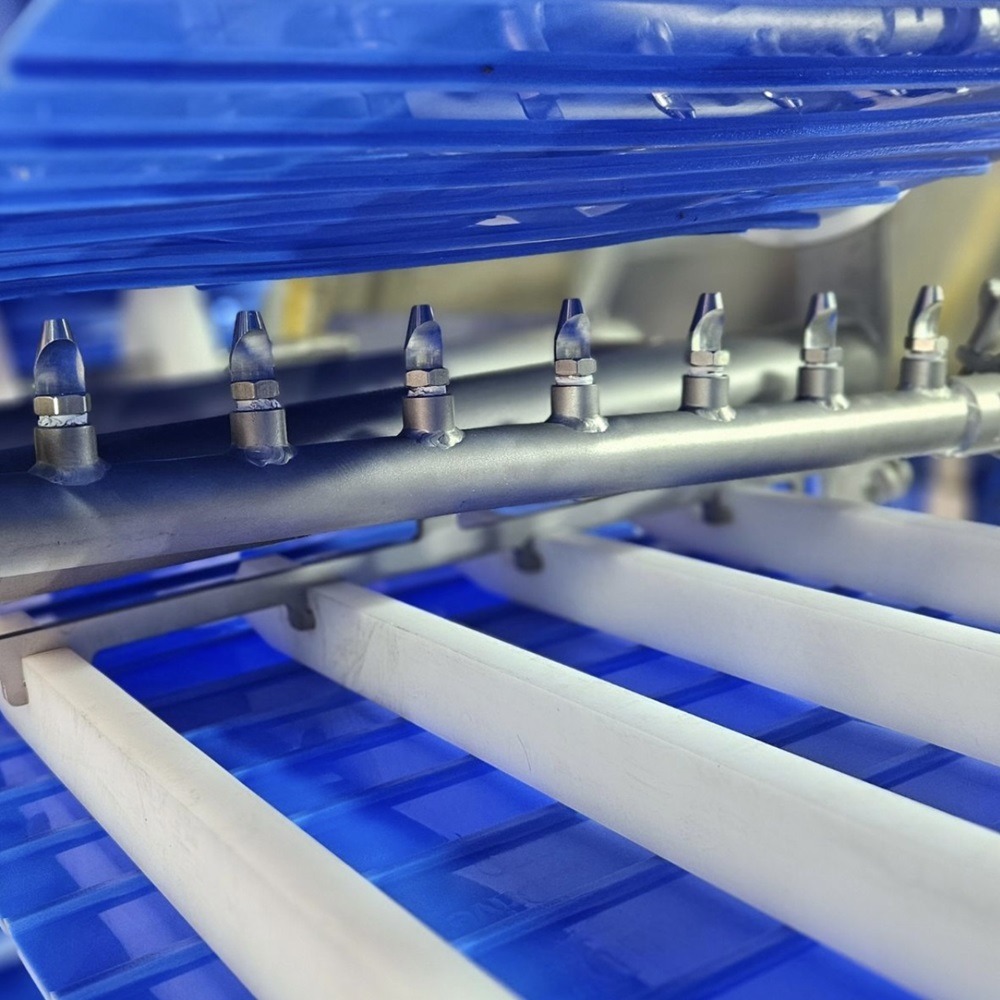
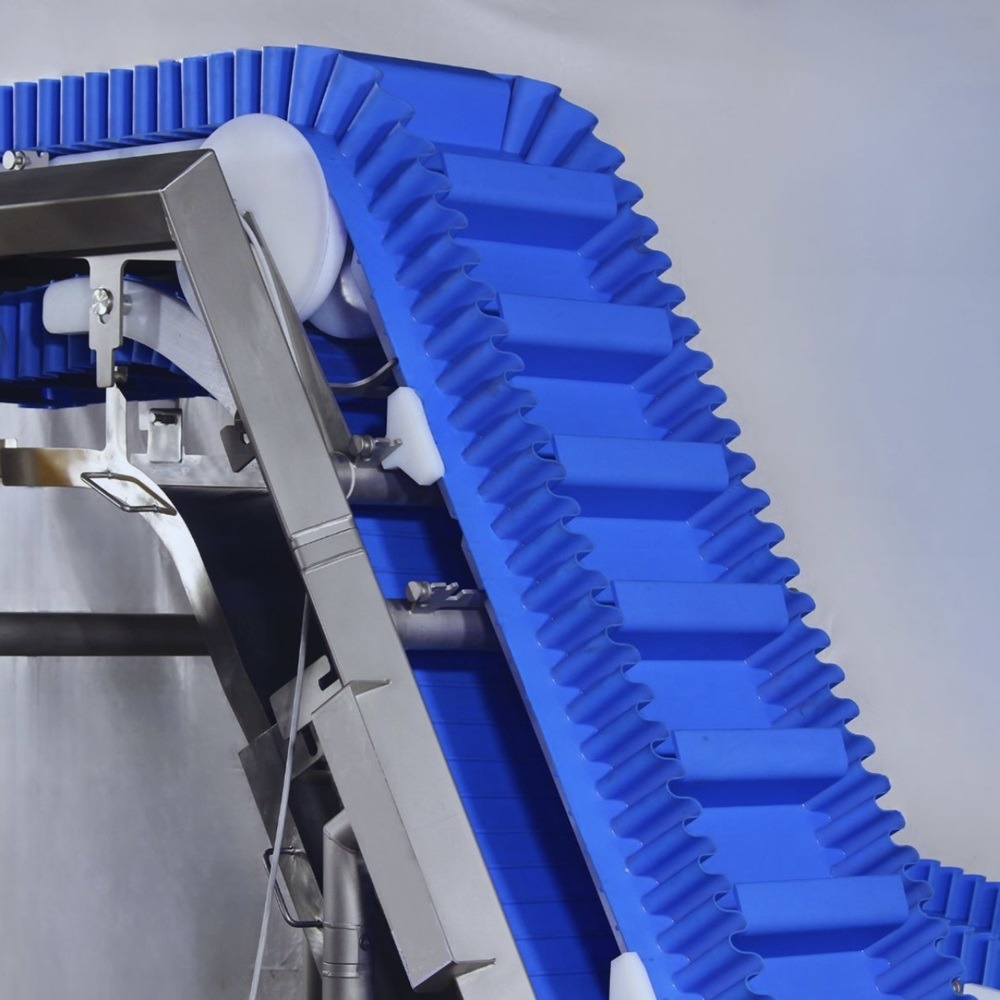
Contact
Understanding Machinery Components & Protection Standards
